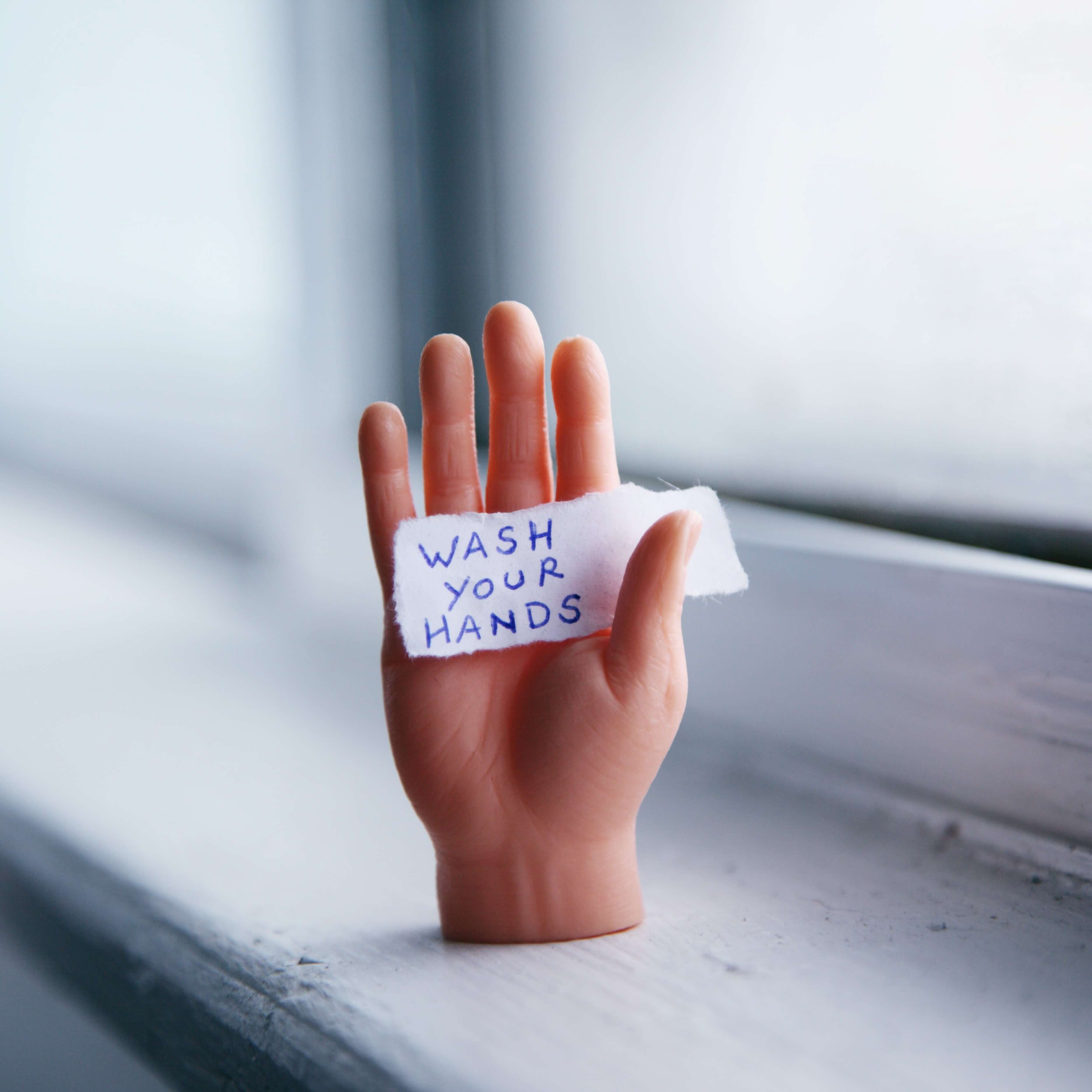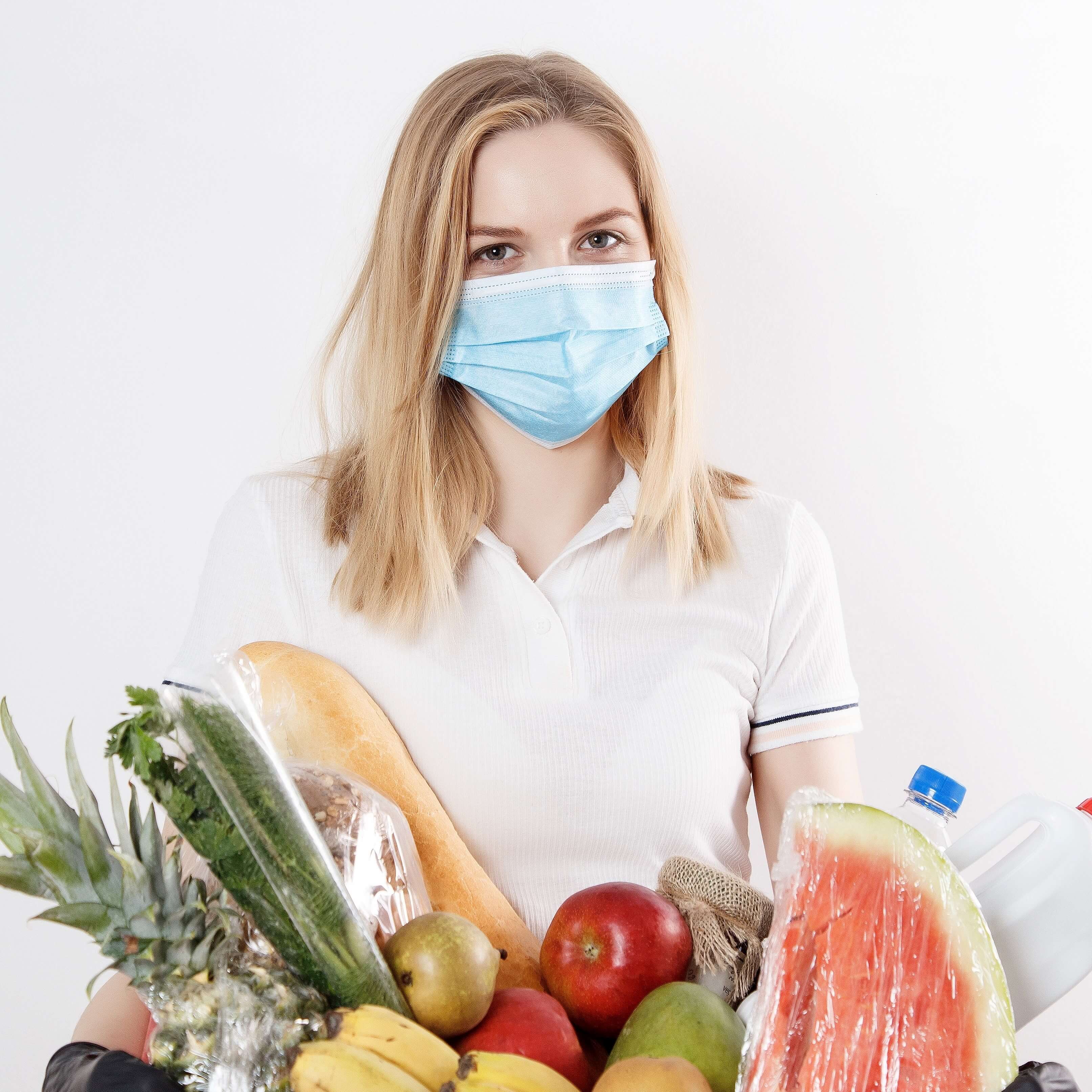
What if Lateral Flow Is Positive After 10 Days of Isolation?
COVID-19 testing has become a must for various people like those eligible for COVID-19 treatments, those in social care and those who take personal care of people with COVID. Buying lateral flow tests has become a norm, with the two most popular tests being the Healgen test kit and the Flowflex rapid test. When one is infected and in isolation, it's best to take daily tests to see if the infection has cleared from your body. In most cases, lateral flow tests will show negative results by the fifth or sixth day. But is it possible for a lateral flow test to still be positive after 10 days?
If you find out that you are showing some symptoms and still have a positive lateral test, you should continue isolating yourself to prevent the risk of transmission. In the event of a lateral flow positive after 10 days, there should be some precautions to take.
What to Do If Your Lateral Flow Is Still Positive After 10 Days of Isolation
In most cases, people who get a positive lateral flow after 10 days are not necessarily infectious and can leave the house to run errands. However, there are still around 5% of them who can still transmit the virus.
Even if you don't show any symptoms of the disease, positive results mean that you can still spread COVID. The following are some of the things you can do if this is the case for you to ensure safety and minimise transmission:
- Keep away from social care or any health setting for a couple of days.
- Remain home and avoid contact with people after your test.
- Avoid any contact with individuals who are at high risk of getting COVID due to a weak immune system.
- Keep up with the precautions, wear a mask at all times, and regularly wash your hands, especially in crowded areas.
- Alert people in your home that you have a positive COVID result, as the disease can be spread for up to two days, even before you start feeling unwell.
- If you have had contact with anyone, let them know of the symptoms or signs in this period of time.
What Symptoms Require You to Self-Isolate?

Regarding when you should isolate, you should do so immediately after you notice signs and symptoms of COVID-19. You should seek a PCR test, primarily through a government website. According to the NHS, the main COVID-19 symptoms you should look out for include the following:
- A continuous cough
- Change of taste or smell
- High temperature
Some symptoms present with the Omicron variant include:
- Night sweats
- Sneezing
- Scratchy throat
- Runny nose
- Headaches
- Back pain
- Fatigues
- Body aches
When you test positive after taking a lateral flow test, you should isolate immediately, even if you don't show any symptoms. If you have not been fully vaccinated and have been in contact with someone who has COVID-19, isolation is necessary.
However, you don't need to be isolated if you have received the second dose of your vaccine at least 14 days after your vaccination. When you self-isolate, take the lateral flow test every day for seven days or until there is a 10-day gap from when you had contact with a covid-positive person.
Conclusion
If you still test positive after ten days, you may leave isolation, but only if your temperature is average and you are not feeling sick. According to the government, there is no need to take a lateral flow test after ten days, and you can now stop isolating even if your sense of taste or smell has been affected.



